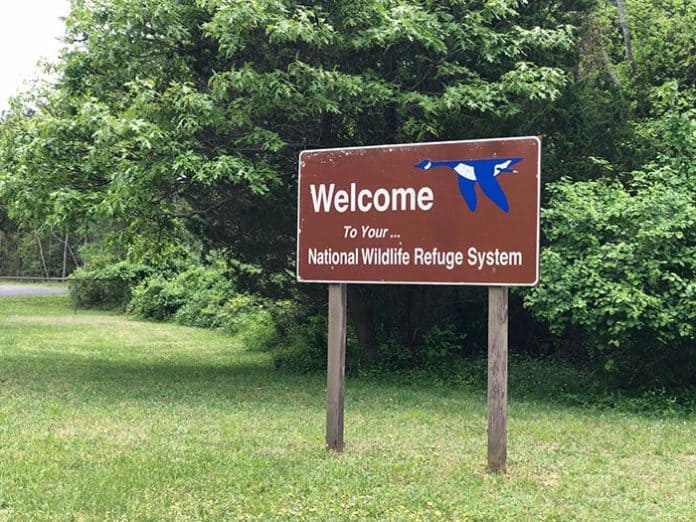
Eighty years ago it was known as the Brigantine National Wildlife Refuge. Today we know it as the Edwin B. Forsythe National Wildlife Refuge, spanning 50 miles along the southern New Jersey coast.
The Forsythe Refuge stretches across 14 municipalities, from Galloway Township in Atlantic County to Brick Township in Ocean County, protecting more than 47,000 acres of tidal wetland and shallow bay habitat for migratory water birds.
This year, Forsythe Refuge is celebrating its 80th year of conservation efforts. In 1984, the Brigantine National Wildlife Refuge and the Barnegat National Wildlife Refuge, established in 1939 and 1967 respectively, combined to create the Forsythe Refuge, named for the late conservationist NJ Congressman.
“The refuge’s location in one of the Atlantic Flyway’s most active flight paths makes it an important link in seasonal bird migration. Its value for the protection of water birds and their habitat continues to increase as people develop the New Jersey shore for our own use,” according to the US Fish and Wildlife Service.
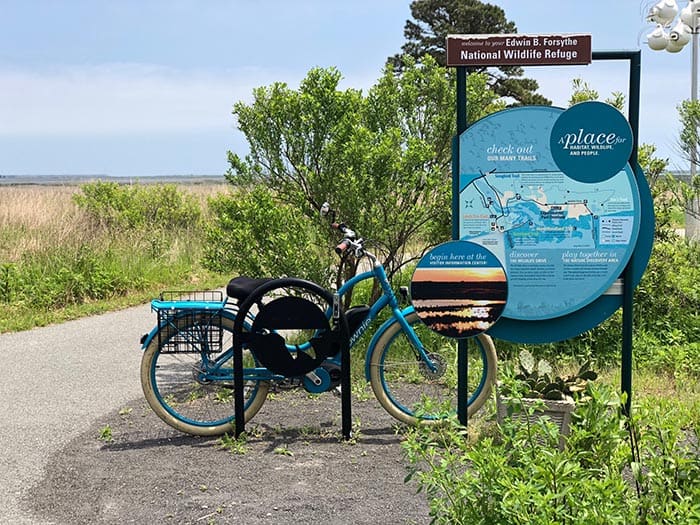
In early April, Stafford Township presented Virginia Rettig, Forsythe Refuge manager, with a proclamation marking the refuge’s accomplishment. In Stafford Township, a wildlife observation area is located at Cedar Run Dock Road in West Creek. Shortly after, Brick Township officials did the same.
The Forsythe Refuge has many designated spots for wildlife observation, photography, hunting, fishing, and education in neighboring townships:
- In Barnegat Township, you will find an observation platform right off of Bayshore Drive where you can see resting and feeding migratory birds in freshwater wetlands.
- At the southern tip of Long Beach Island lies the 3-5 mile long Holgate unit, where you will find a lookout, and opportunities for hiking and fishing.
- In Forked River lies Eno’s Pond, which has a 1-mile self-guided nature trail, observation decks, and a wildlife blind.
- In Brick, the deCamp Wildlife Trail is a 3.4-mile roundtrip hike is located at the junction of Mantoloking and Adamston Roads in Brick.
- In Little Egg Harbor you can find Graveling Point, which has an observation area and fishing, as well as Parker Run Dock Road.
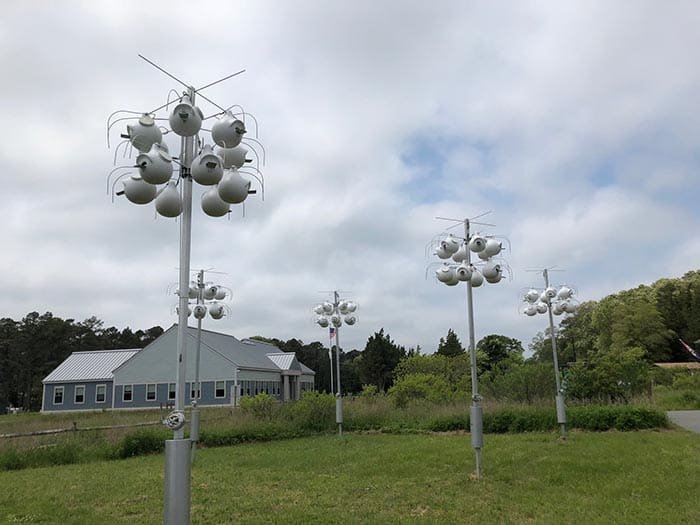
The Good Luck Point section of Berkeley Township also resides on the Forsythe Refuge and is soon to be the site of another refuge destination: the Good Luck Point Trail
Rettig announced the newest addition to the refuge at the Stafford Township Council meeting on April 2.
“We recently opened up the Cedar Bonnet Island Unit right down the road on Route 72, we are getting so much use there and its very exciting,” she said.
As the US Fish and Wildlife Service states, a large facet of what the refuge does is to protect wetland habitats. Over 82 percent of the Forsythe Refuge is made up of wetlands, which are an essential habitat for birds and other wildlife, a place where they can find food and cover.
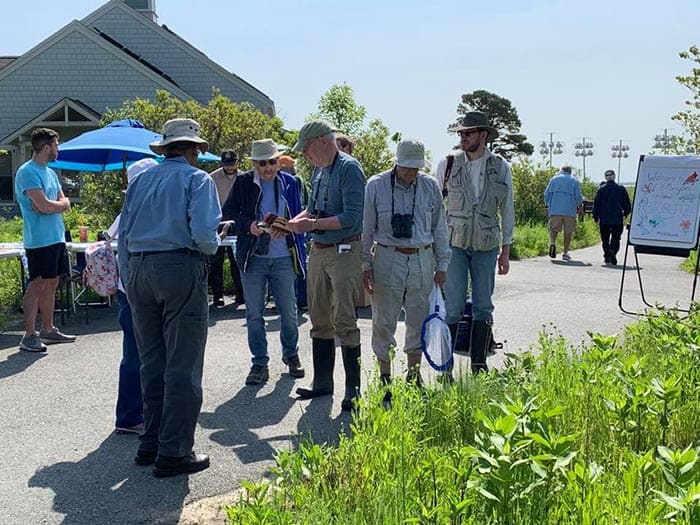
More than 6,000 acres of the refuge are designated as a National Wilderness Area, including Holgate and Little Beach, two of the few remaining undeveloped barrier beaches in the state. Here you can find the habitat of the rare piping plover, which has suffered drastic population declines due to human development in coastal areas
In addition to wetlands and barrier beaches, the refuge also encompasses nearly 5,000 acres of woodlands.
The refuge sees over 200,000 visits each year. In order for the refuge to continue protecting wildlife and their habitats, the US Fish and Wildlife Service ask that visitors comply with some regulations:
- Remain on designated roads and trails, leaving adjacent habitat undisturbed for use by wildlife
- Pets, where permitted, must be on a short, handheld leash at all times.
- Do not disturb, injure, destroy, or collect plants, wildlife or other natural objects
- Do not feed wildlife
- No picking fruits or flowers
- Stay out of closed areas
- Do not use bicycles or motorized vehicles on trails
- No jogging on trails
- No camping, swimming, kite-flying, fires, horses, off-road vehicles, or unregistered motorized vehicles
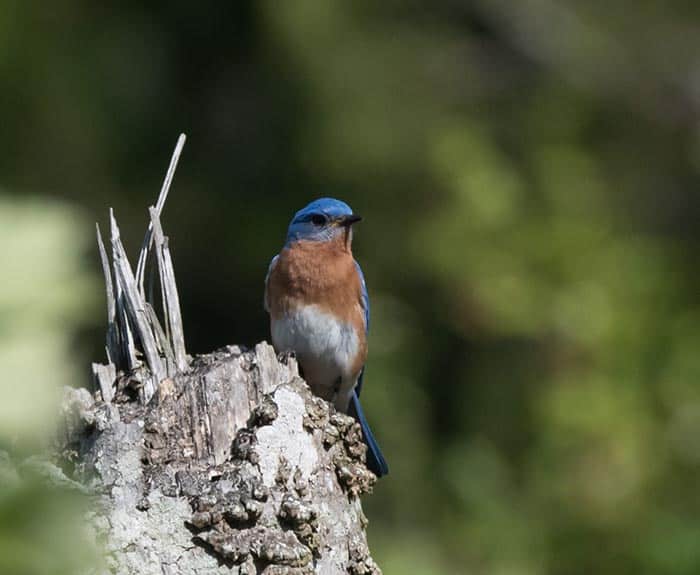
As we head into the summer months, note that August provides some of the best opportunities to see shorebirds and warblers heading south!
More information on the refuge, locations, and wildlife can be found at fws.gov/refuge/Edwin_B_Forsythe/about.html.







